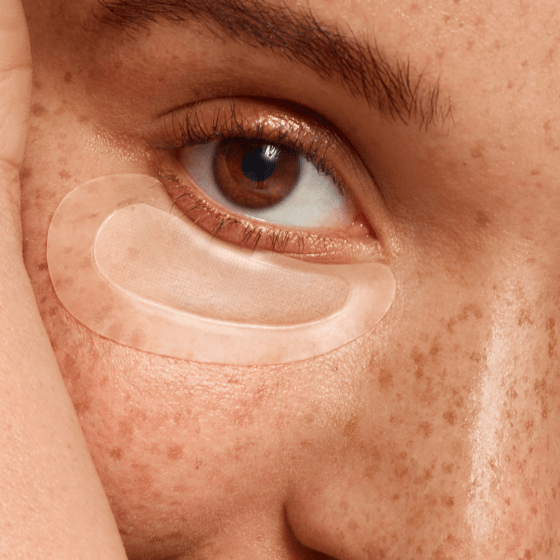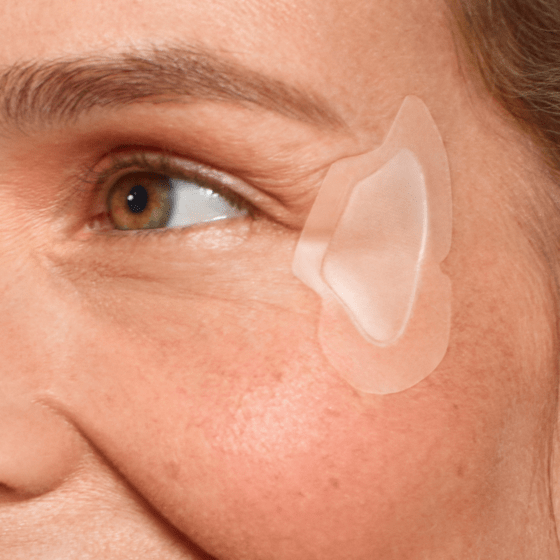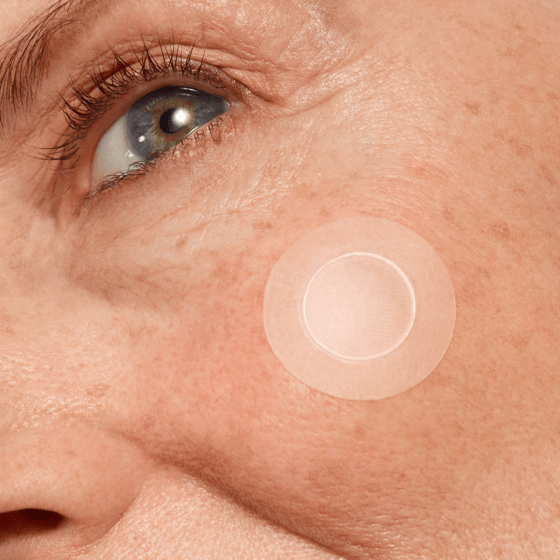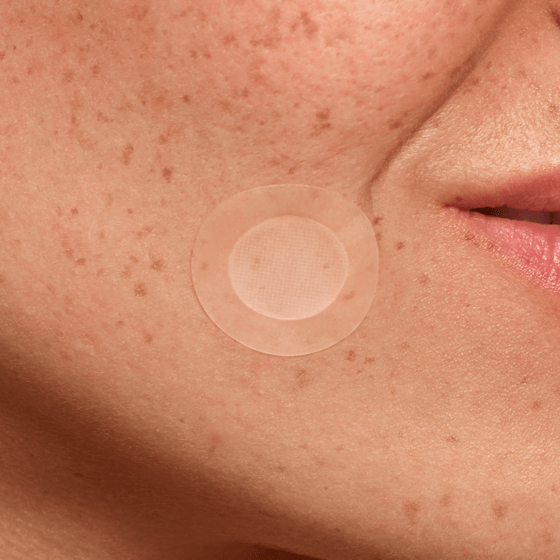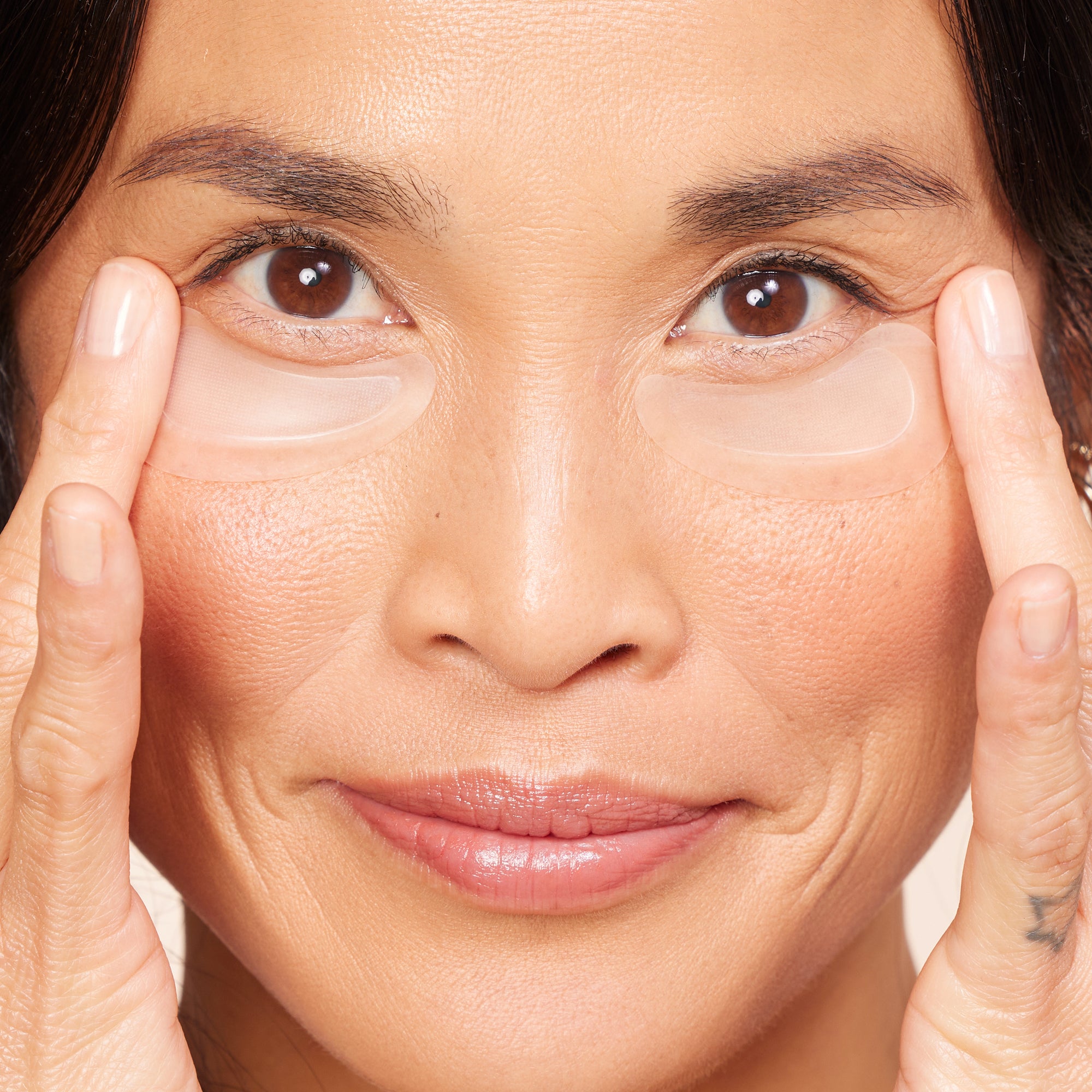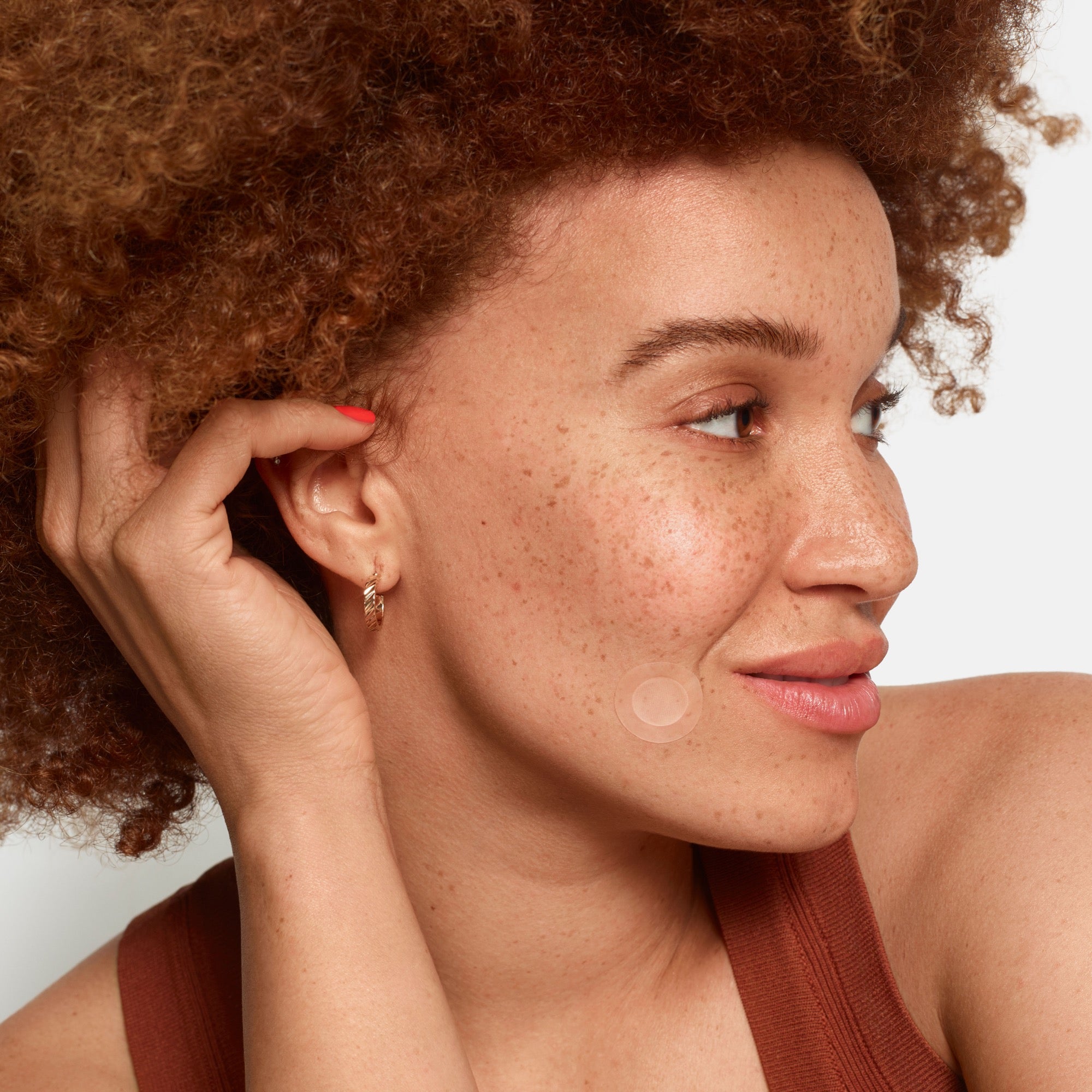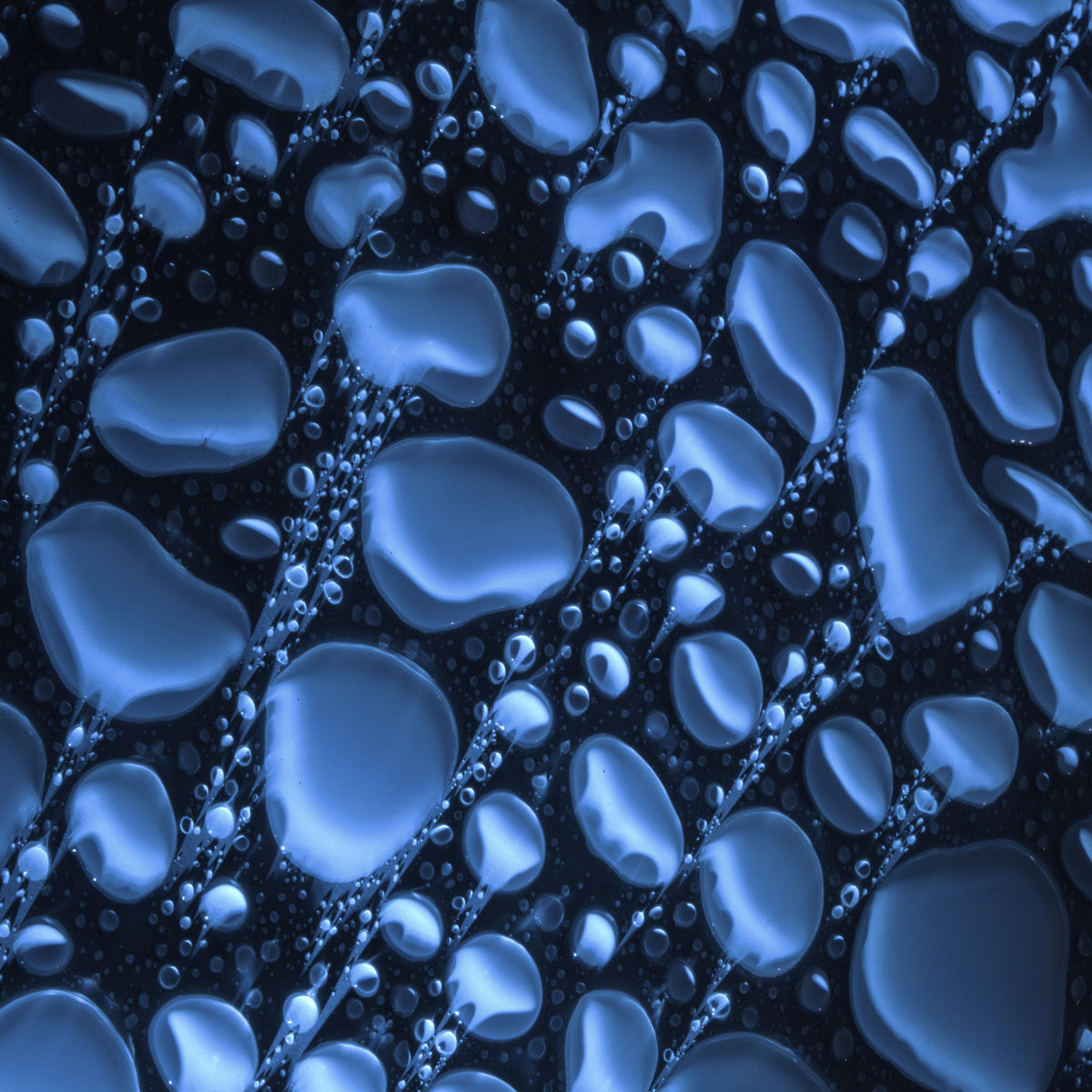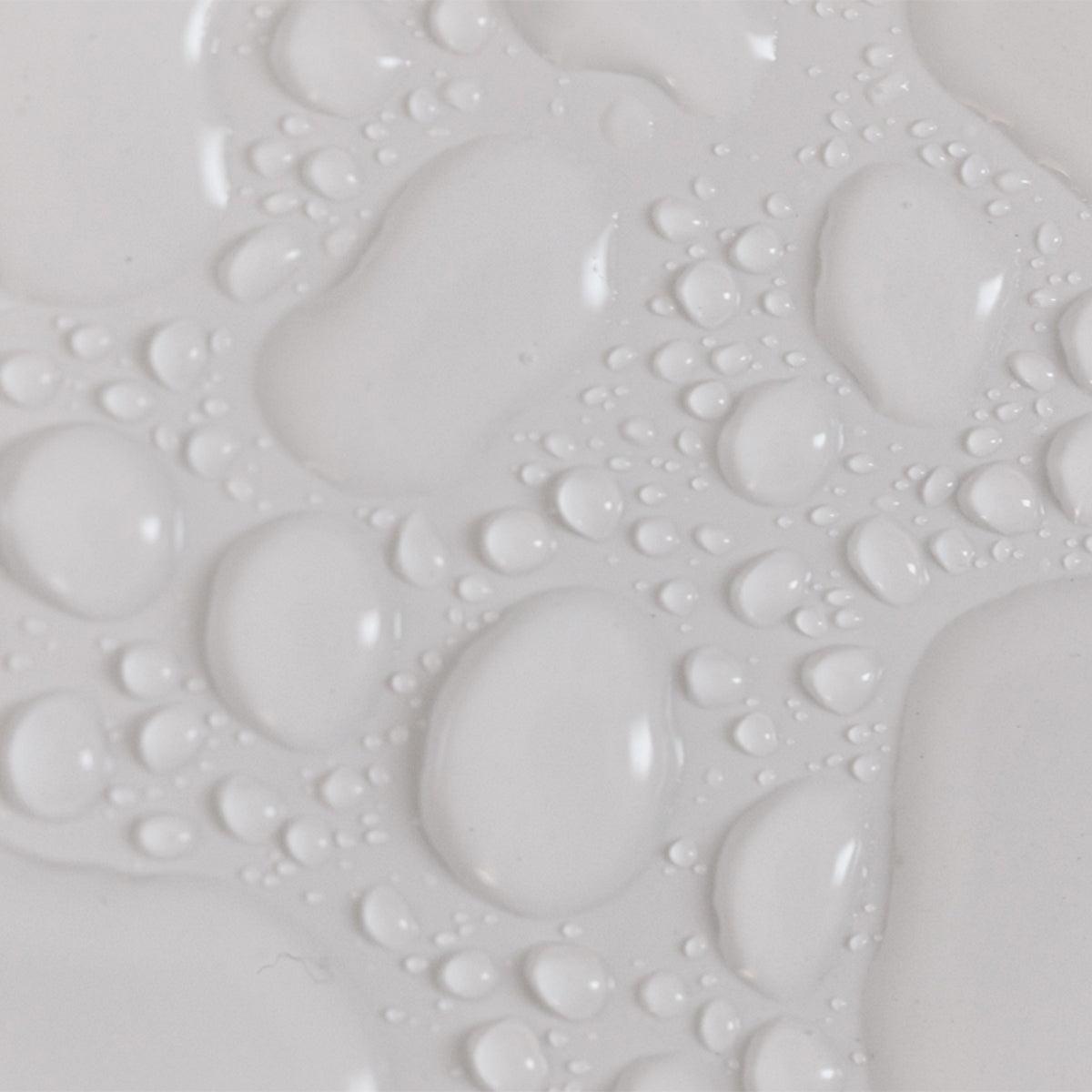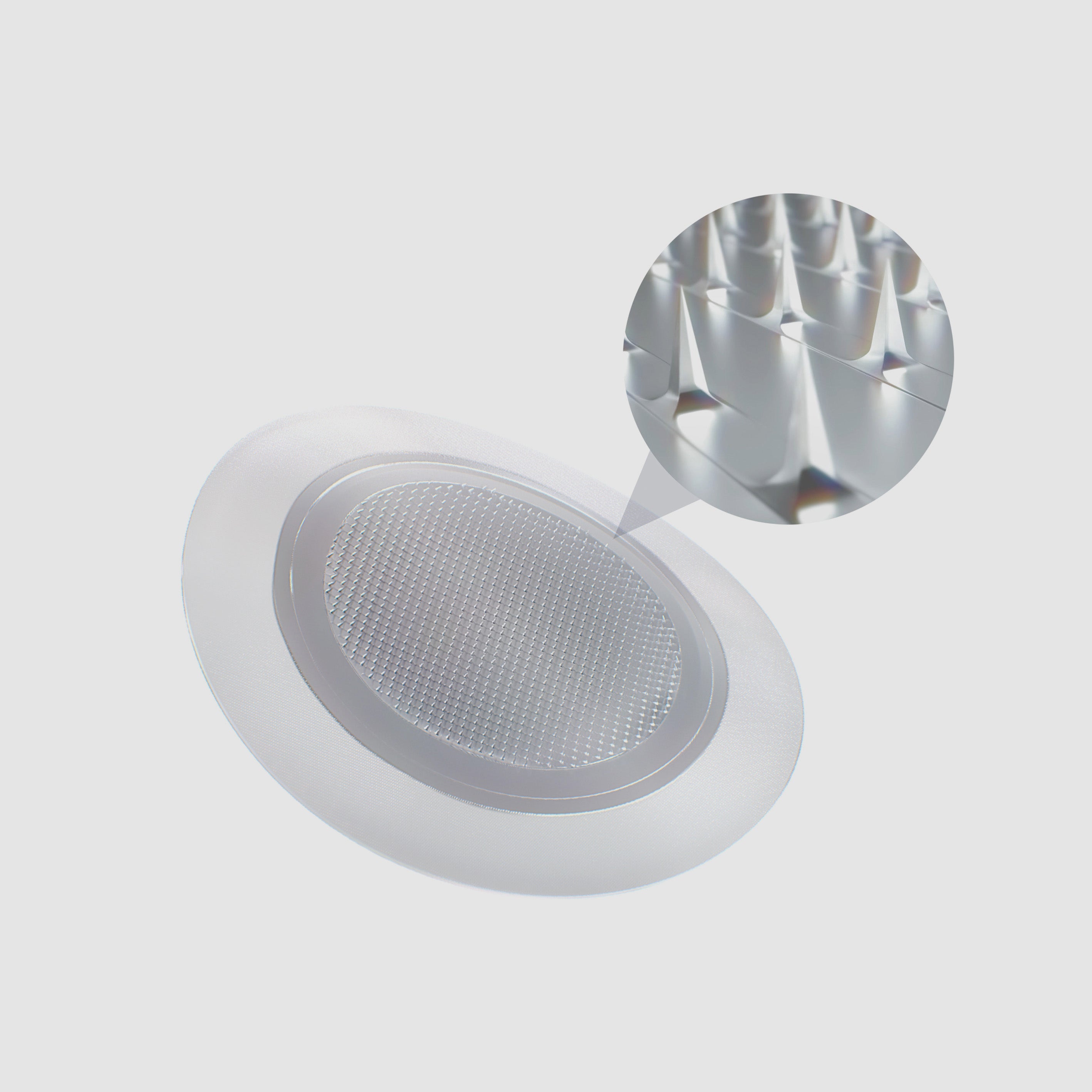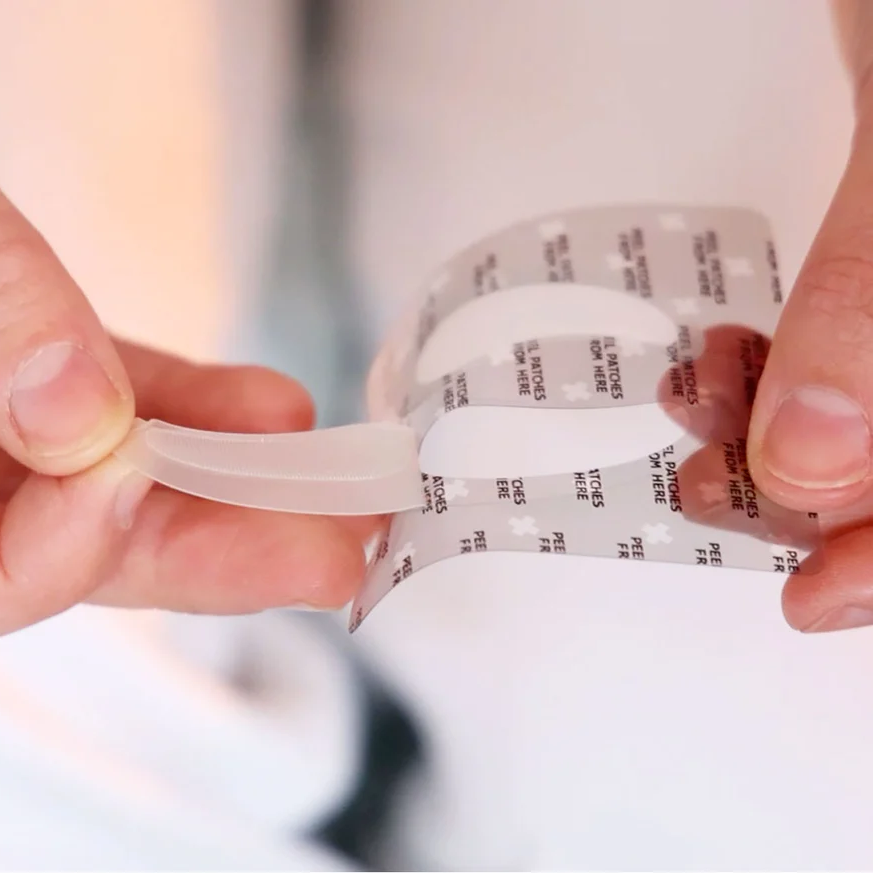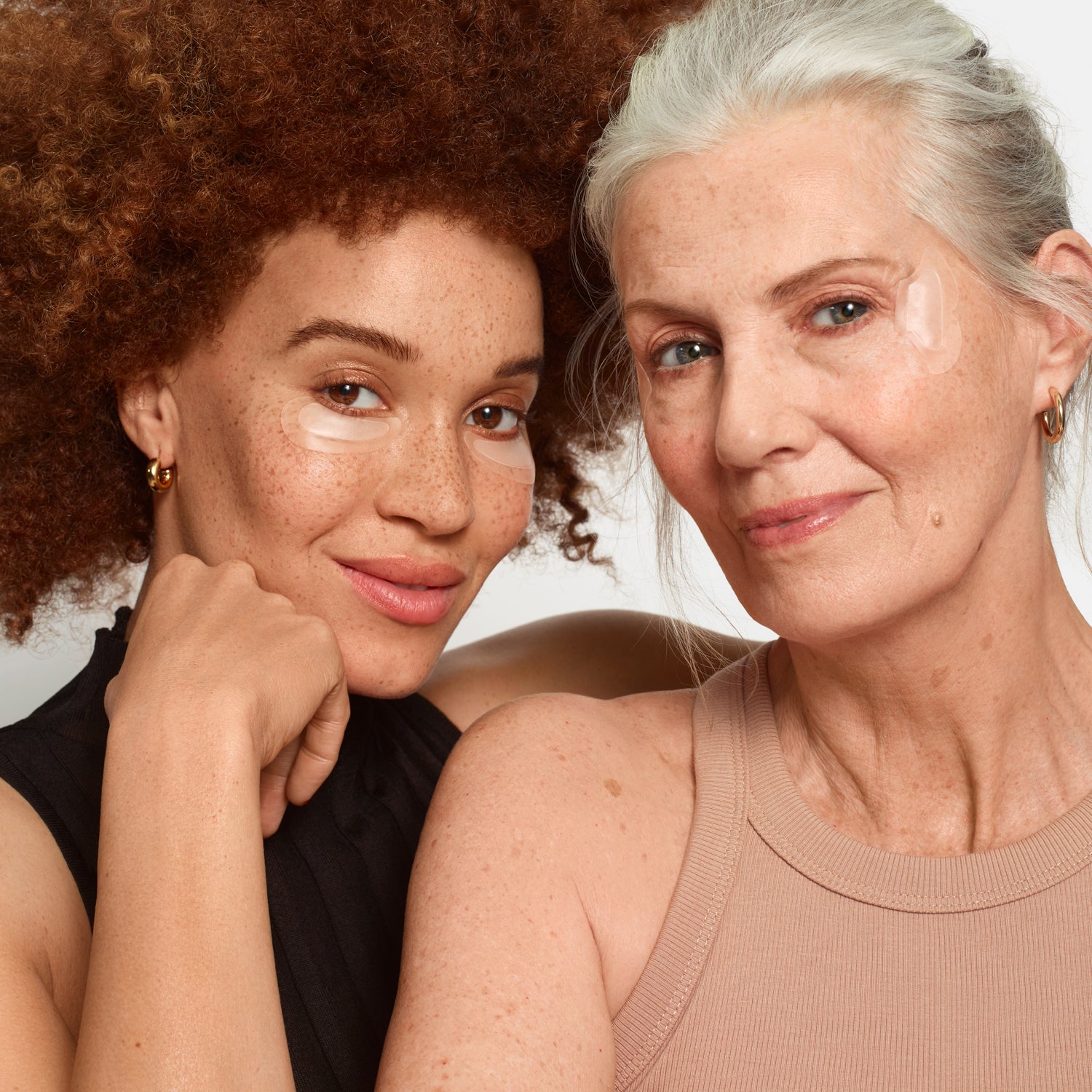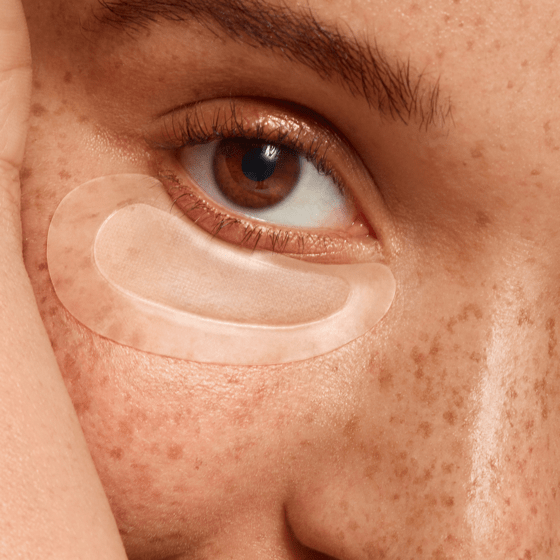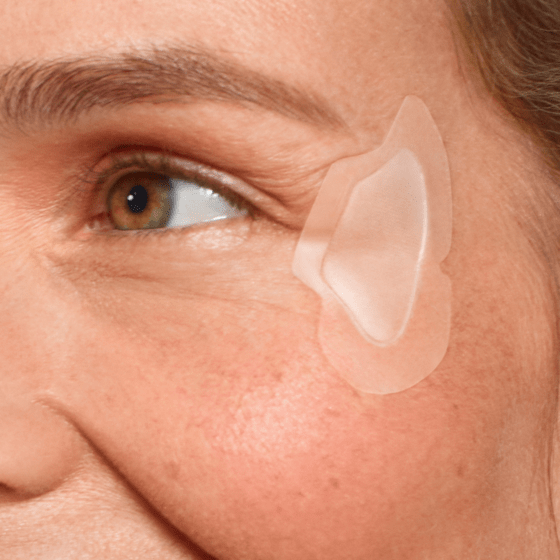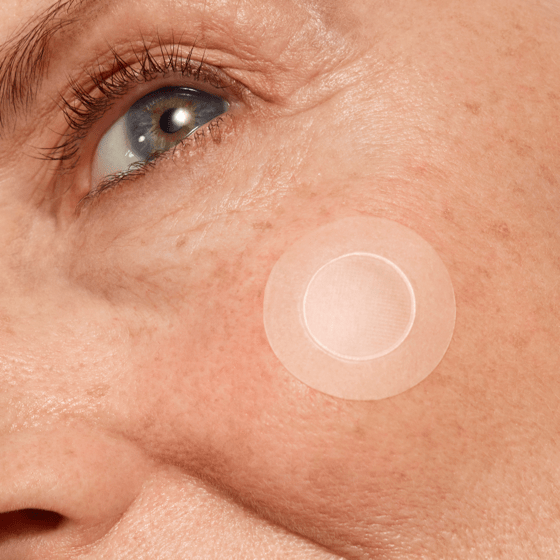The A-List: Unveiling the Wonders of Vitamin A in Skincare
In the vast landscape of skincare, Vitamin A takes center stage, offering a plethora of benefits that span from rejuvenating the skin and battling signs of aging to reducing acne and promoting an even skin tone. In this comprehensive guide, we will delve into the diverse types of Vitamin A, unravel their workings, and provide insights on incorporating them into your skincare routine.
Understanding the Varieties:
Vitamin A encompasses a family of fat-soluble compounds known as retinoids. Here's a concise breakdown of the different types commonly found in skincare products:
-
Retinyl Palmitate
- Availability: Everywhere
- Effectiveness: Moderate
- Risk of Irritation: Low
- A milder form, suitable for sensitive skin due to its combination with palmitic acid.
-
Retinol
- Availability: Everywhere
- Effectiveness: Good
- Risk of Irritation: Moderate
- Renowned and accessible over-the-counter, effective for daily use in reducing fine lines and wrinkles.
-
Retinaldehyde (Retinal)
- Availability: Everywhere
- Effectiveness: Great
- Risk of Irritation: Low
- A potent over-the-counter option, known for effectiveness and minimal irritation, featured in products like our Crow De-Creaser patches.
-
Adapalene
- An over-the-counter synthetic retinoid targeting acne-prone skin, effective in unclogging pores and preventing breakouts.
-
Tretinoin
- A prescription-strength retinoid renowned for diminishing wrinkles, fading dark spots, and treating severe acne.
-
Tazarotene
- A prescription retinoid specifically designed to combat severe acne and psoriasis, requiring careful initiation.
Benefits of Vitamin A:
Unveiling the wonders of Vitamin A, here are some key benefits:
-
Smooths Fine Lines and Wrinkles:
- Promotes cell turnover and stimulates collagen production, rejuvenating the skin and reducing the appearance of fine lines and wrinkles.
-
Fades Dark Spots and Hyperpigmentation:
- Encourages even skin tone, diminishing age spots, scars, and other discolorations.
-
Boosts Collagen Production:
- Enhances the production of collagen, vital for maintaining skin elasticity and a youthful appearance.
-
Fights Acne:
- Unclogs pores and reduces inflammation, making it effective against acne breakouts.
-
Improves Skin Texture:
- Enhances cell turnover, revealing smoother, fresher skin and improving overall texture.
-
Protects Your Skin Barrier:
- Fortifies the skin's natural barrier, offering protection against environmental damage such as pollution and UV radiation.
FAQs:
Addressing common queries about Vitamin A in skincare:
-
How to Incorporate Vitamin A:
- Gradually introduce Vitamin A, start with a low concentration, and apply it at night. Always use sunscreen, as Vitamin A increases photosensitivity.
-
When to Start Using Vitamin A:
- While there's no specific age, most begin in their mid-to-late 20s for anti-aging benefits.
-
Can Retinal Products Be Used Daily?
- Frequency depends on the product and skin tolerance; start with a low concentration and increase gradually.
-
Is Retinal Suitable for All Skin Types?
- Generally compatible, but may cause irritation for hypersensitive skin; consult a dermatologist if needed.
-
Can Retinal Be Used During Pregnancy or Breastfeeding?
- Avoid during this period; consult with a healthcare professional for suitable alternatives.
-
How Long for Results with Retinal Products?
- Visible improvements may occur in a few weeks, but consistent use for up to 12 weeks or more is crucial for significant changes.
Vitamin A emerges as the A-lister in skincare, providing a spectrum of benefits tailored to diverse skin concerns. Whether it's retinol, retinal, or prescription-strength options, the key lies in patience to unlock the full potential of this potent vitamin. As you embark on this journey towards radiant, youthful skin, remember, it's a marathon, not a sprint – and always shield your flawless skin with sunscreen!

